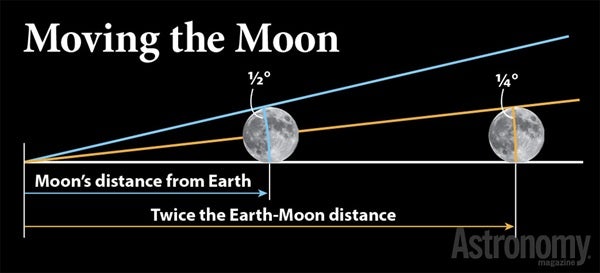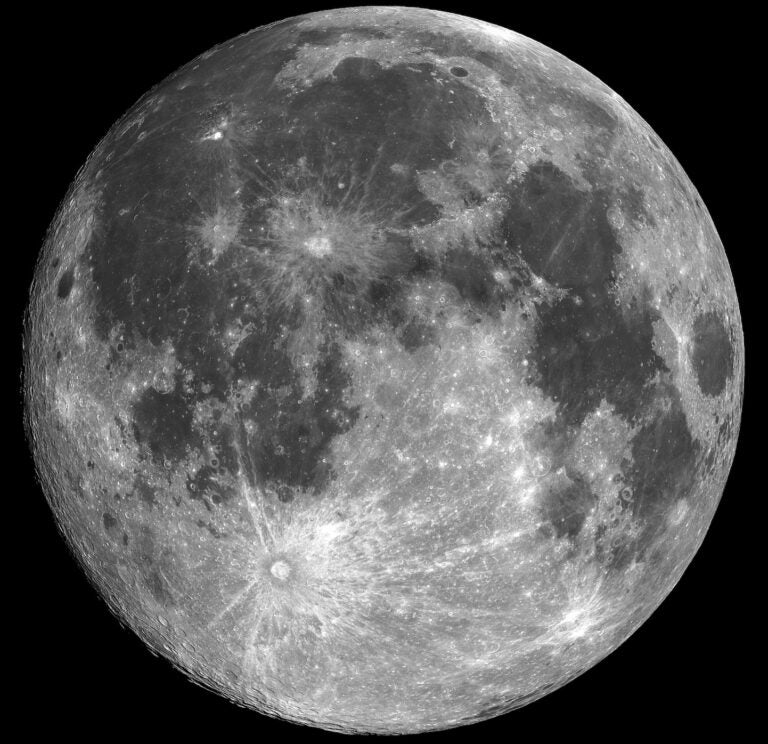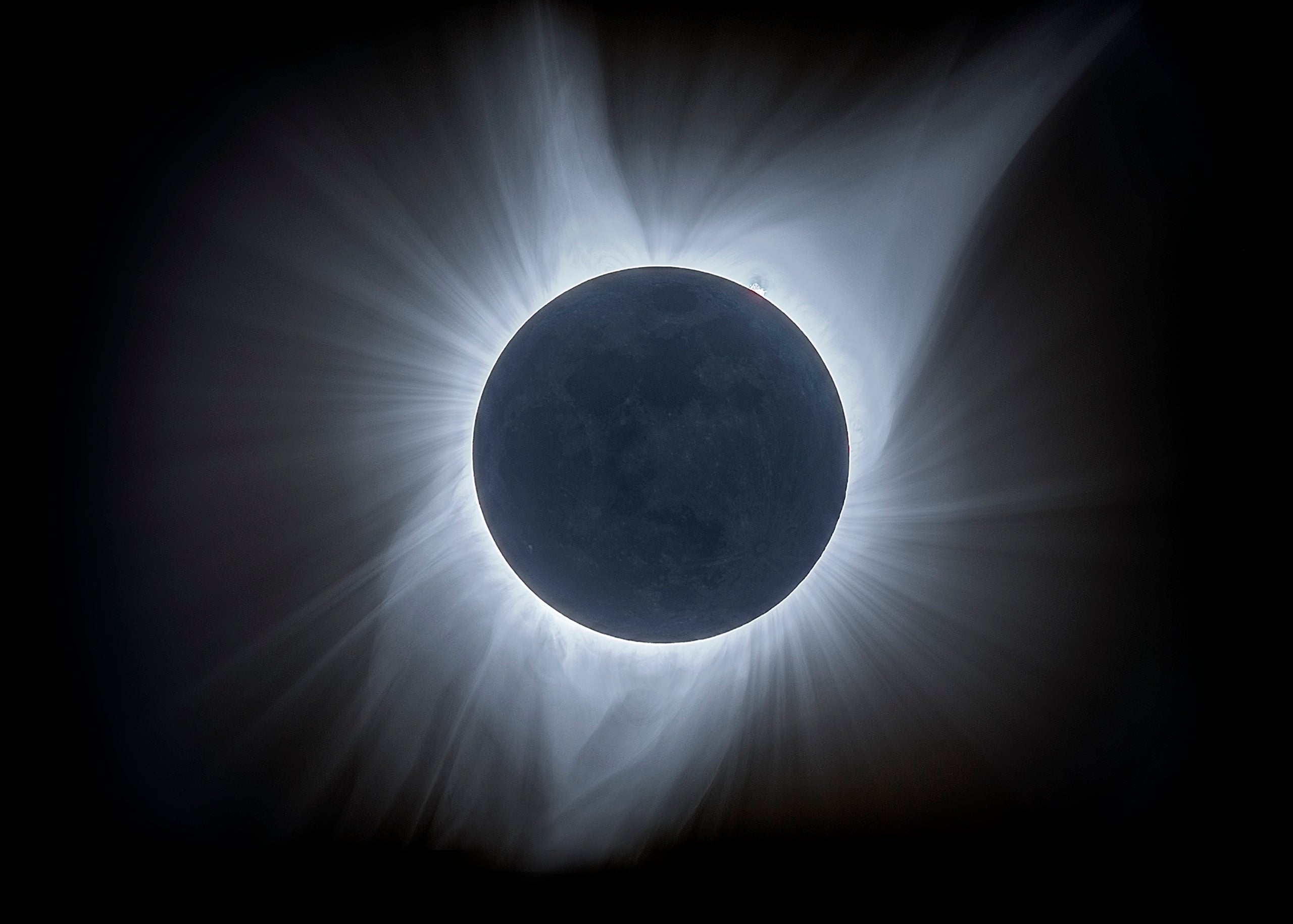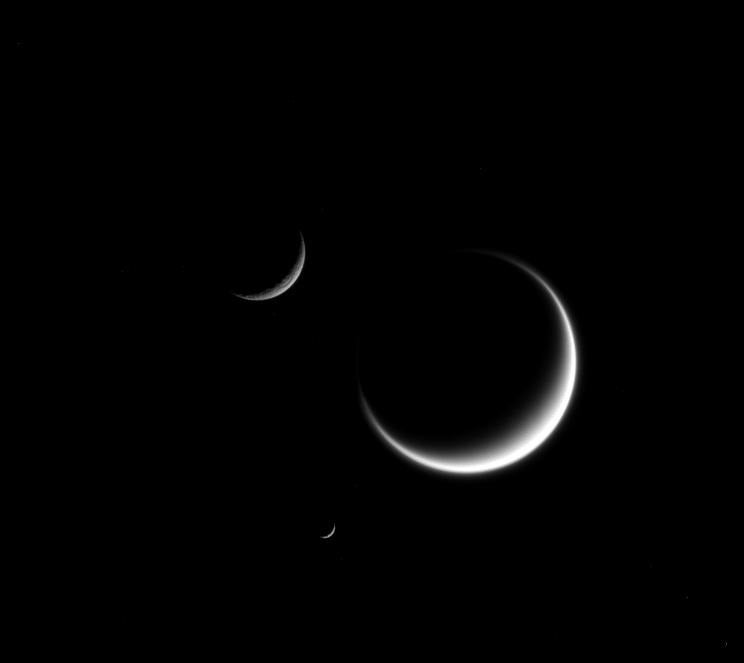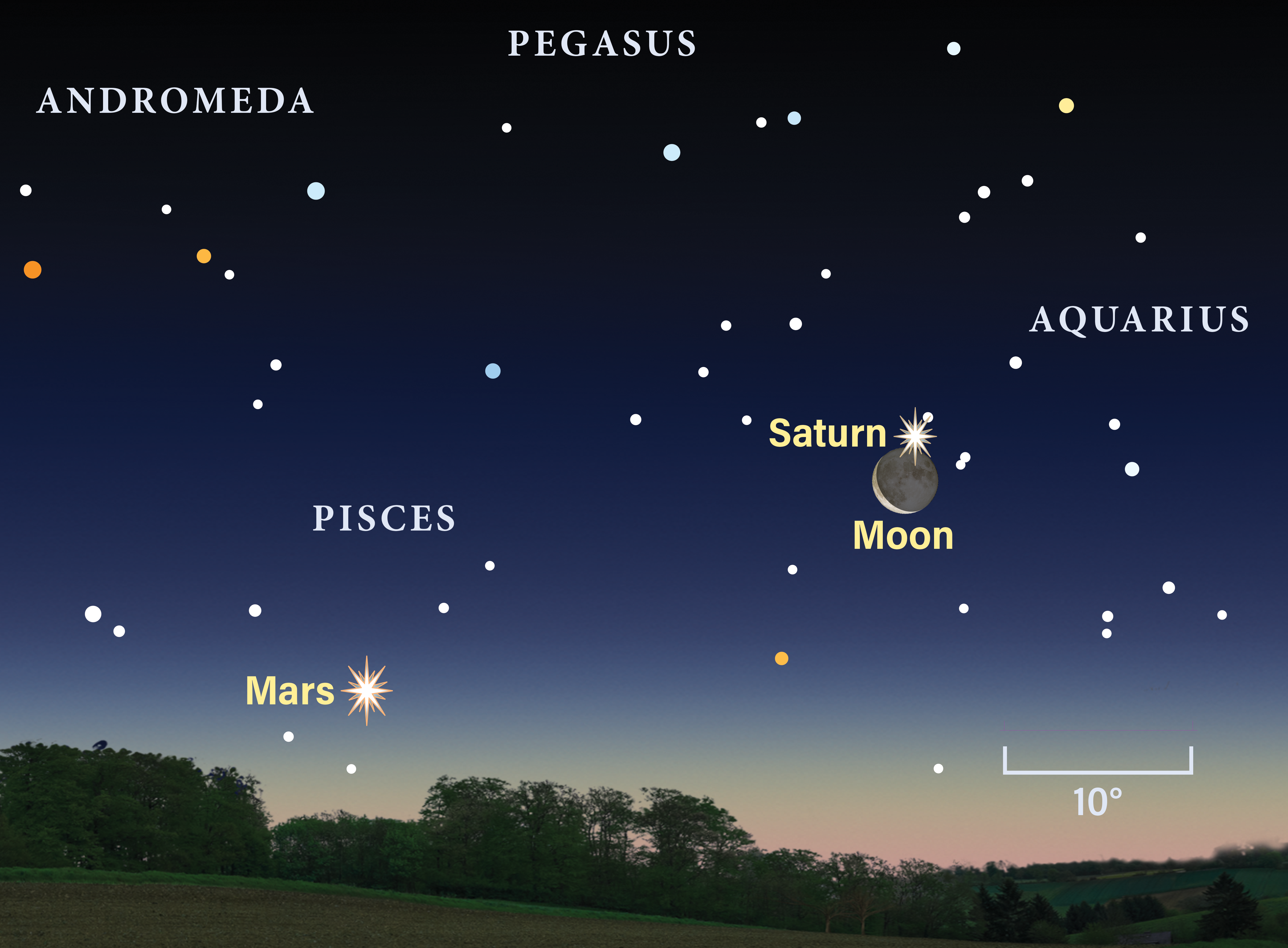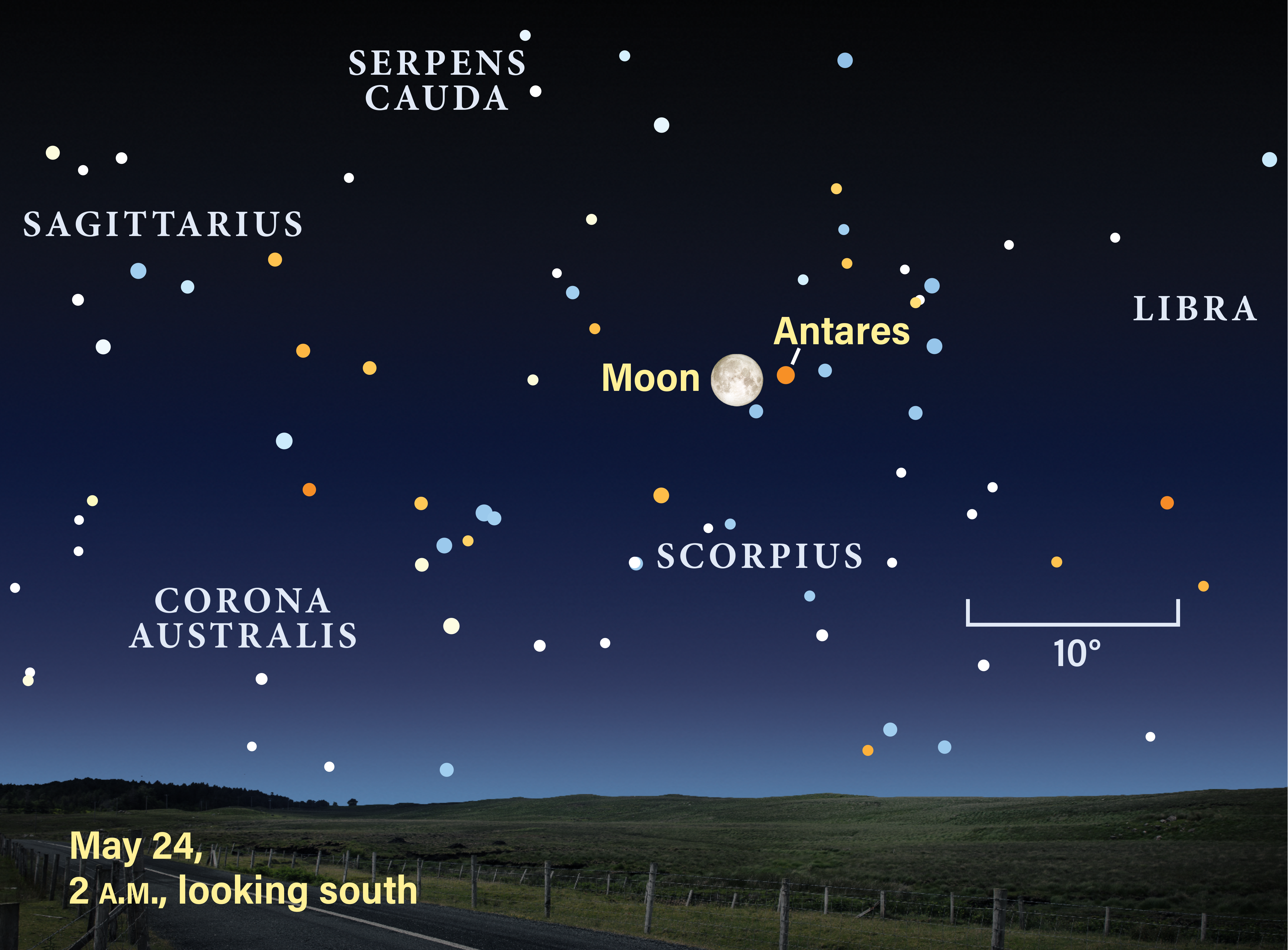A measurement in degrees has nothing to do with the true distances between celestial objects. When we talk about apparent distances or sizes, how- ever, degrees do come into play.
Here’s an example: The Moon’s true diameter is 2,159 miles (3,474 kilometers). But the width that we see of the Full Moon — its apparent diameter — is ½°. That’s how much of an angle it subtends at its distance from us. To prove there’s no connection between true and apparent diameter, let’s imagine that we can double the Moon’s distance from Earth. Its apparent size would shrink to ¼° from our vantage point, but its true diameter would remain unchanged.
Michael E. Bakich
Senior Editor
Senior Editor

